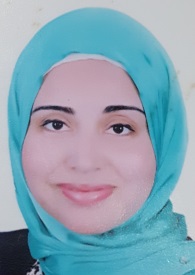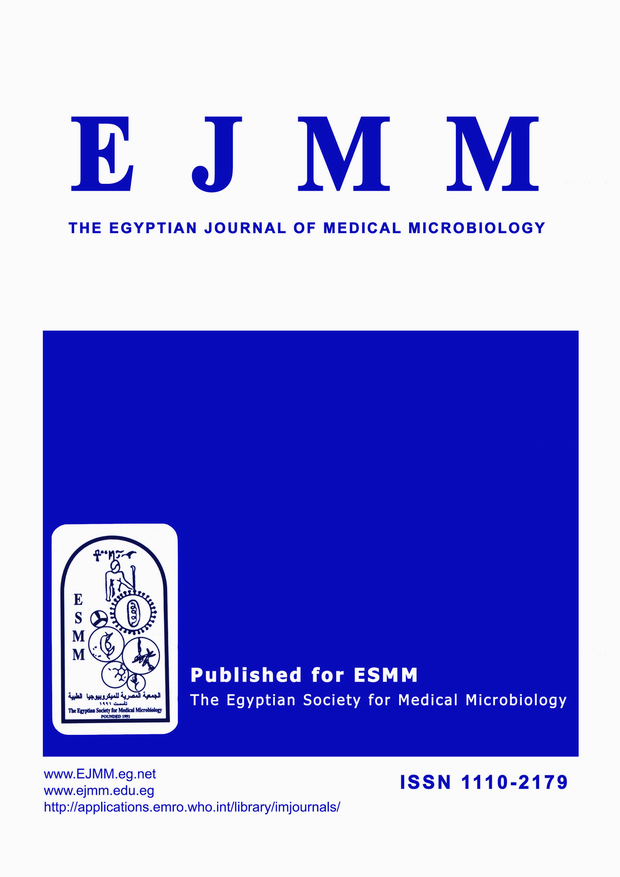ABSTRACT
Background: community-acquired MRSA is emerging pathogen increasingly
reported worldwide. It is the most commonly reported microorganism to cause skin and soft tissue infections. Objectives: This study aimed to detect CA-MRSA in skin and soft- tissue infections (SSTIs), their pattern of antibiotic resistance, with molecular characterization of the isolated strains by detection of PVL gene and SCCmec typing. Patients& Methods: A total of 180 pus samples were collected from patients attending at outpatient clinics of General Surgery and Dermatology departments, Sohag University Hospital. Staph aureus was isolated and MRSA detected phenotypicall by using cefoxitin discs, subculturing on ORSAB medium and detection of PBP by PBP2' Latex Agglutination Test. Antibiotic susceptibility testing was done by disc diffusion method and confirmed by Vitek 2 compact system. Conventional PCR was used to detect mecA gene and PVL gene, while SCCmec typing was done by multiplex PCR. Results: Eighty five (47.2 %) S. aureus strains were isolated; 36 (42.4%) out of them were diagnosed phenotypically as MRSA and confirmed by mecA gene testing. Twenty three (63.6%) of proved CA-MRSA were PVL positive. Typing of SCC showed 16 strains (44.4%) SCCmec type V, 10 (27.7%) SCCmec type IVd and 10 (27.7%) were untypable. Conclusion: CA-MRSA is an important cause of SSTIs in our community. PVL gene is a good diagnostic marker for CA-MRSA identification. SCCmec types V, IVd are the most prevalent CA-MRSA types in our community.


